Foot strength and proper alignment through the feet are critical factors in reducing injury risk and ensuring musculoskeletal health for both sport dogs and pet dogs. However, generalized exercises are unlikely to help very much, if at all. If the goal is to build strength in these small and oftentimes weak tonic muscles, and to affect neuromuscular reeducation, targeted exercises are required.
Flat Feet, Rolling off the Toe Pads, and Splayed Feet
In my previous post, Understanding Canine Foot Alignment, we discussed how muscular weakness, ligamentous laxity, and tendon injury can disrupt the alignment and tensegrity of the canine foot. Flat Feet, Rolling Off the Toe Pads, and Splay Foot postural deviations can all be improved or corrected by using targeted conditioning exercises. Unfortunately, Sprung Toe, and Flat Toe are typically associated with tendon rupture and require surgical intervention to be addressed directly. That said, once cleared by a veterinary professional, the foot strengthening exercises listed below can help with secondary stability and positively affect the adjacent structures.
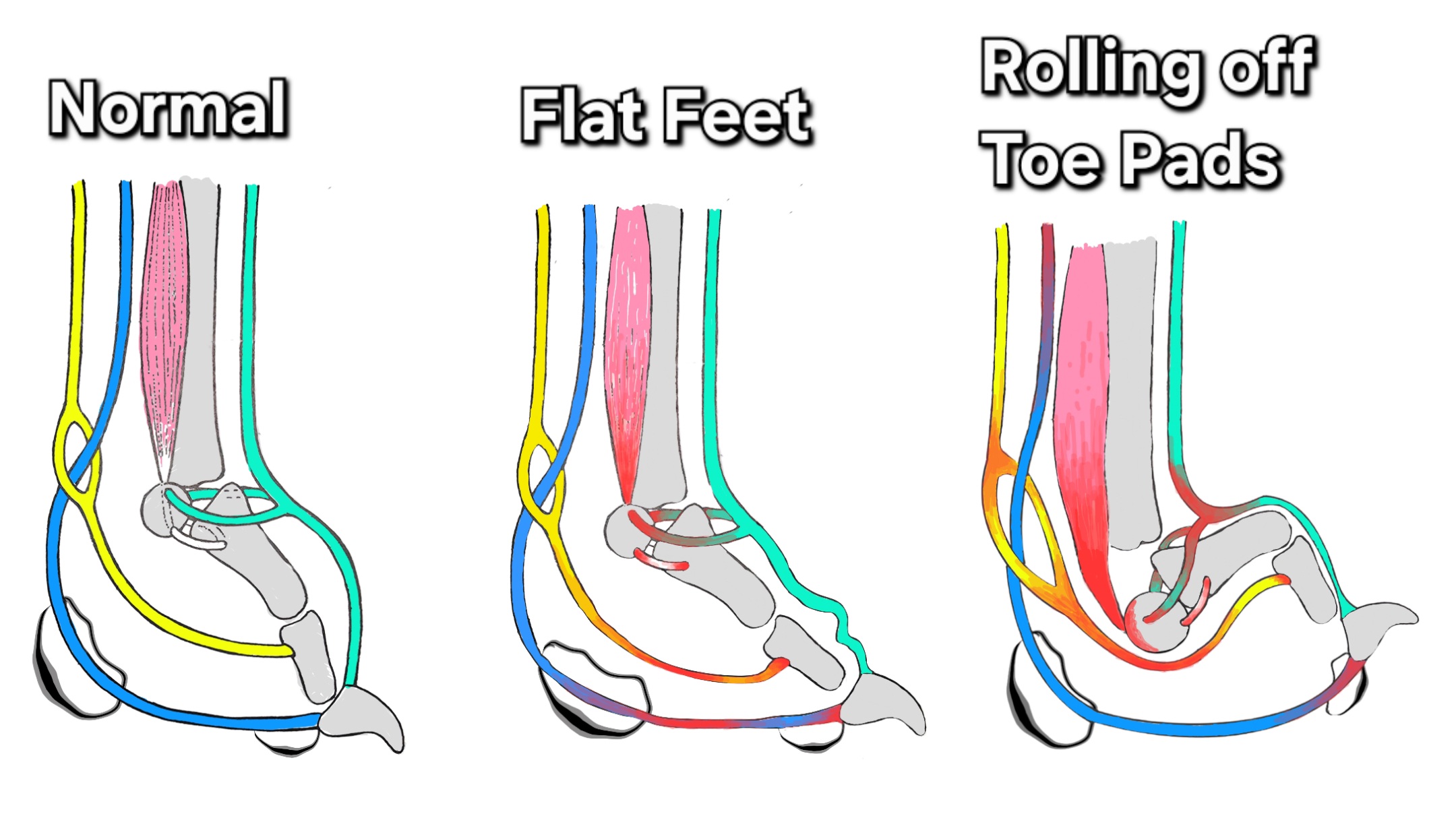
When the deep and superficial digital flexors and interosseous muscles lose tone or muscle balance, the foot’s ability to absorb and transfer force efficiently is compromised… often resulting in postural deviations like Flat Feet, Rolling off the Toe Pads, and Splayed Feet. These deviations not only alter how your dog absorbs impact and gravity forces, but can also create compensatory changes further up the kinetic chain. This increases the risk of injury to the elbow and shoulder, stifle and hip, and can ultimately lead to long-term musculoskeletal dysfunction, or even full tendon rupture. To avoid postural deviations progressing into tendon rupture, and the resulting systemic compensation, we can intervene with targeted conditioning exercises! Yay!
Targeted Foot Strengthening Exercises Can Help
Now that we’ve covered why these postural deviations occur, let’s focus on how to address them. The following four exercises are designed to specifically strengthen the deep and superficial digital flexors and the interosseous muscles… the key stabilizers responsible for maintaining proper canine foot alignment.
Exercise Overview
Below is a brief overview of each exercise. For full instructions, please see the linked video tutorials (free / no membership required) for more comprehensive guidance, or check out the Video Library.
1. Quarter Sit – Rear Focus: Beginner
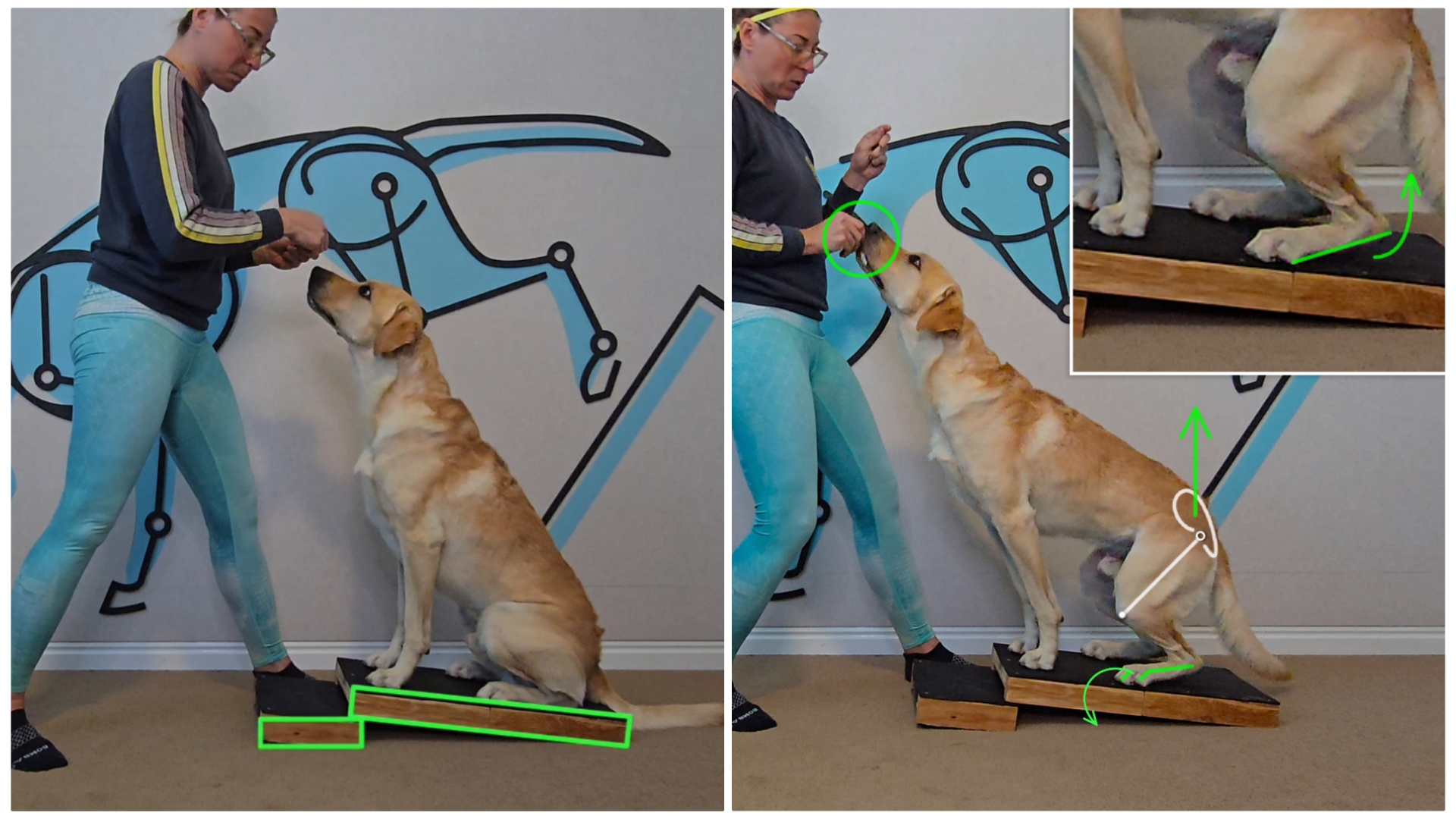
Quarter Sit – Rear Focus: Beginner leverages a forward weight shift to target the musculature that supports the digits (toes), metatarsals (hock), and tarsus (ankle), and helps teach (or retrain) the initial loading mechanics needed for correcting alignment through the rear feet. This exercise is especially effective for Flat Feet, and Rolling Off the Toe Pads.
- Start with the Prop Setup shown in the photo above. Make sure the props are stable, and fully non-slip.
- Use Handler Motion plus Placement of Reward to cue the Forward Weight Shift behavior.
- When you see the rear toes grip, and the point of the hock and pelvis lift slightly, mark “yes”.
- Reward in the Sit position.
—
2. Quarter Sit – Front Focus: Intermediate
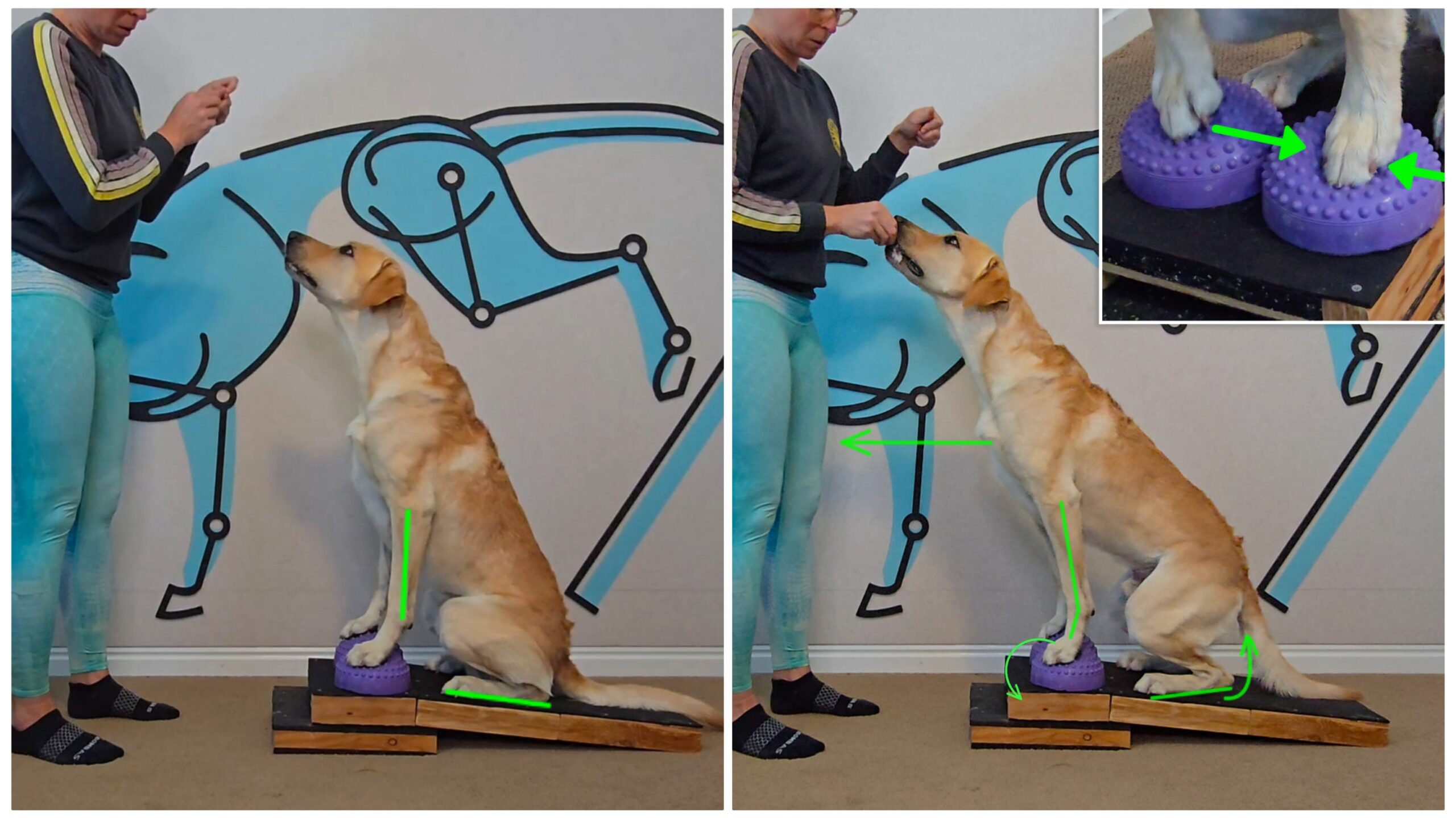
Quarter Sit – Front Focus: Intermediate builds on the skills learned in the beginner variation. We incorporate Paw Pods to target the musculature in the front feet and teaches both toe flexion as well as toe adduction, making it an effective strengthening exercise for all three major postural deviations through the feet. It is also an effective strengthening exercise for carpal laxity (soft or downed pasterns). The domed shape of the Paw Pods helps lift the metacarpophalangeal joint in the front foot, making it easier for the supporting musculature to engage correctly.
- Start with the Prop Setup shown in the photo above. Make sure the props are stable, and fully non-slip.
- Use Handler Motion plus Placement of Reward to cue the Forward Weight Shift behavior.
- When you see the front toes grip and adduct, and the point of the hock and pelvis lift slightly, mark “yes”.
- Reward in the Sit position.
—
3. Metacarpal Stand: Beginner

Metacarpal Stand: Beginner simulates standing forces applied to the forelimb and incrementally increases the load challenge on the digits (toes), metacarpals (pasterns), and carpus (wrist). This exercise is effective for all three major postural deviations in the front feet. For Splay Foot postural deviation, make sure you are definitely seeing toe adduction toward the midline of the foot to ensure full engagement of the Deep Digital Flexor. This is detailed in the video tutorial linked above.
- Start with the Prop Setup shown in the photo above, with the dog in a slightly shortened Stand position.
- Use Handler Motion plus Placement of Reward to cue the Forward Weight Shift behavior.
- When you see the front toes grip and adduct, mark “yes” and reward.
- Use Handler Motion toward the dog to help them return to the start position.
—
4. Metatarsal Stand: Intermediate

Metatarsal Stand: Intermediate builds on the alignment and strength challenge introduced in the Quarter Sit – Rear Focus exercise and increases the challenge to the Digital Flexors and Interossei by raising the height of the front feet about elbow height. If your dog requires more targeted strengthening of the inner most toes, a single Paw Pod can be used under the rear feet. This is detailed in the video. This exercise is effective for all three major postural deviations in the rear feet, but it is a progression… So make sure your pup is fluent in the prerequisites listed at the bottom of the Video Tutorial page first.
- Start with the Prop Setup shown in the photo above. Front feet elevated about elbow height to keep the spine angle below 45°.
- Use Placement of Reward forward and then upward to cue the Forward Weight Shift behavior.
- When you see the rear toes grip, and the metatarsal pad (heel pad) lift slightly, mark “yes” and reward.
- Use Handler Motion to help the dog return to the start position.
General Exercise ≠ Targeted Exercises
General exercises and targeted exercises have different purposes, and produce different results. So if the goal is to target a specific area, or positively impact a muscle imbalance or misalignment, a targeted exercise MUST be used.
This is because, under stress (load, complexity, discomfort, instability, fatigue, etc.), the body and brain will always select the most automatic, most deeply engrained, pre-existing response. We see this happen all the time when assessing dog behavior, sport skill execution, or cue response in general training. And the same is true in canine conditioning exercises when trying to change a muscle recruitment pattern (behavior), or strengthen a weak area. This is called neuromuscular reeducation.
So general exercises that move the entire body… like walking in sand, cavaletti, water treadmill, general standing / weight shifting on inflatables, and other global exercises are just not sufficient to create the kind of neuromuscular re-education needed for impactful results. These types of exercises have lots of general benefits for healthy dogs demonstrating proper foot alignment, but they lack the SPECIFICITY needed to address actual muscle imbalances, and recruit underactive (hypo-active) muscles.
To be effective, targeted exercises must be simple, reproducible, focus on a singular area, and clear for both dog and handler.
Summary
When performed correctly and progressively, these four targeted exercises can help restore healthy muscle tone, improve alignment, and reduce compensatory loading patterns. Combined with mindful observation of your dog’s execution and movement, they form the foundation for improved foot health and overall biomechanical efficiency in the short, and long term.
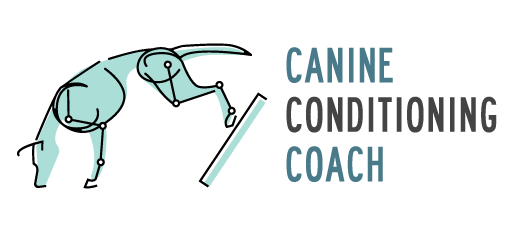
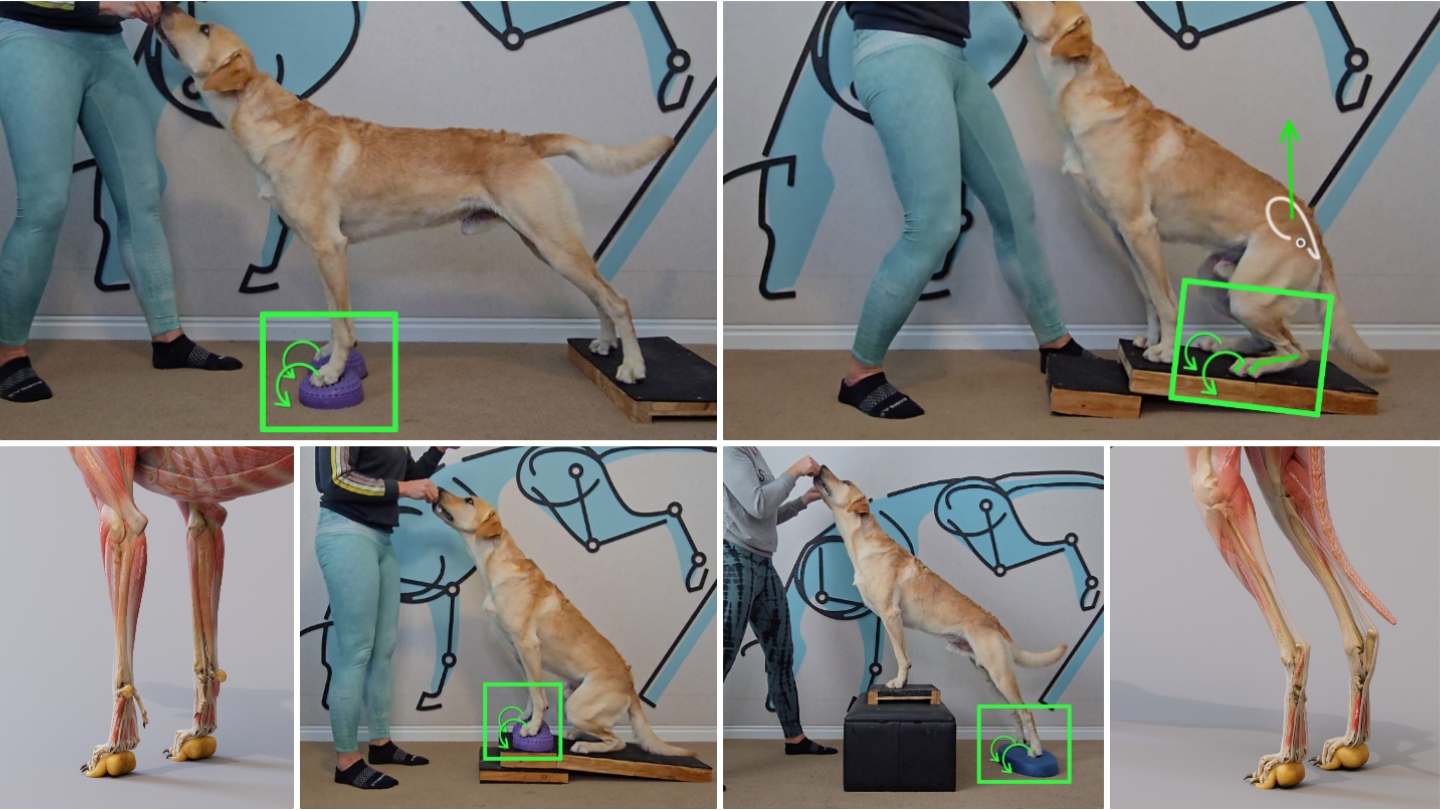
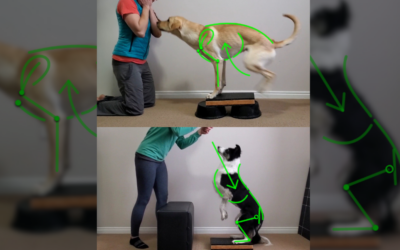
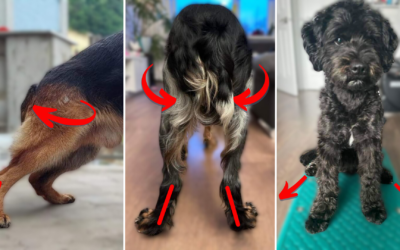
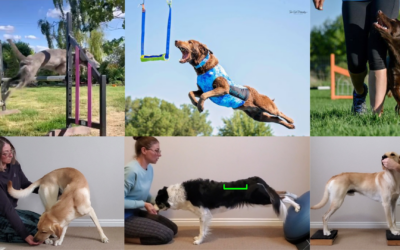
0 Comments